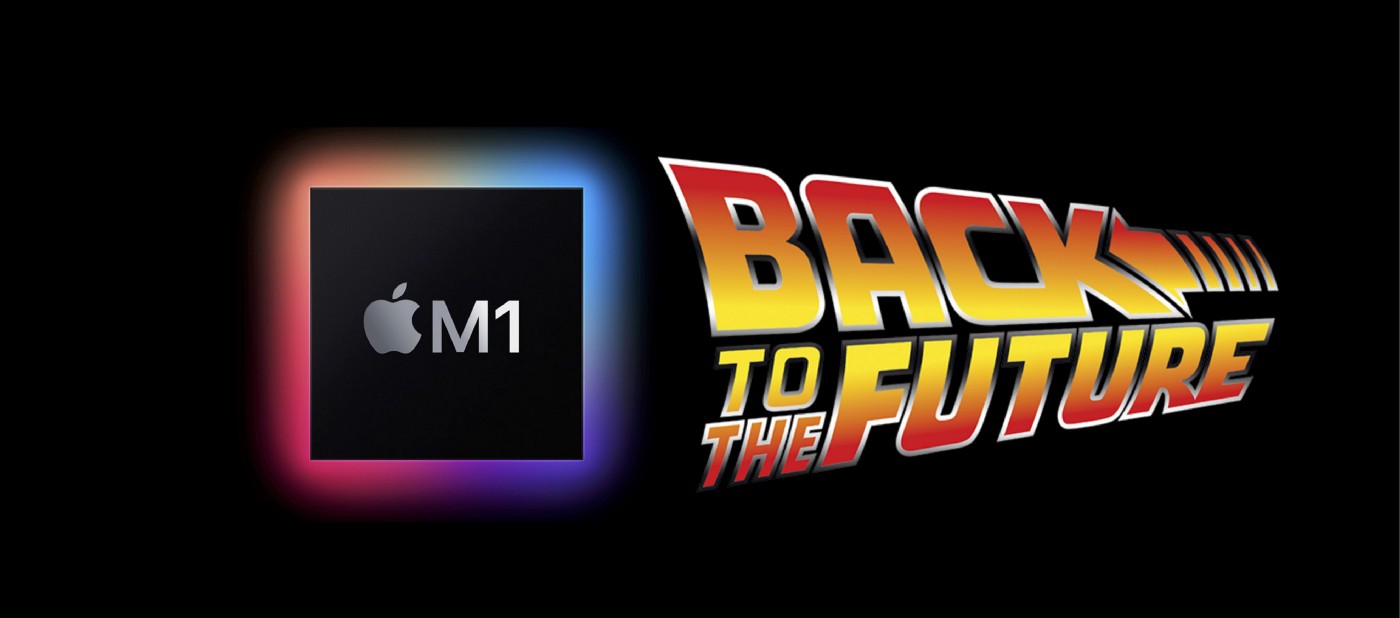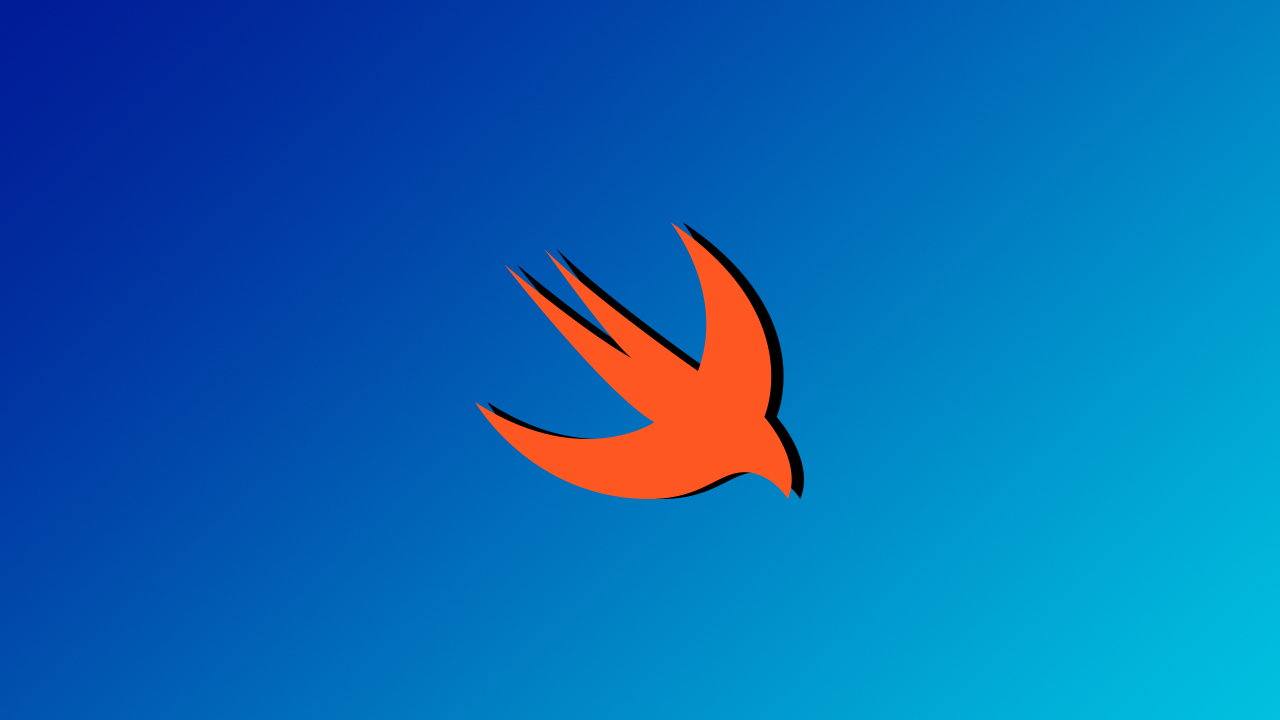Year 2020 is gonna be remembered as a milestone for information technology, pretty much as 2007 was a milestone for mobile telephony.
Tim Cook’s Apple has succeeded, once again, marking an historical step forward in the world of computing. I don’t think I’m exaggerating comparing the M1 introduction to the iPhone historical presentation that everyone here surely remember.
Certainly, times and actors are much different but the final result (and execution) is blowing away, the same way.
Intel will have to rearrange many of its (prehistorical) timelines in order to try to close the gap. Still, a comparison to 2007 comes naturally to me, like when Blackberry was suddenly ousted from the podium in a sudden and almost unexpected way — only for them, who did not want to see beyond their nose. Today’s Intel has an awkward production pipeline able to create just foot warmers; I don’t want to appear biased or whatever, but this is pretty much resembling reality of things, by now.
Real problem is that in computers world things are far more complex compared to what happened for mobile phones in 2007. Computers are different beasts with a well established workflow and culture composed by a lot of tiny third parties components: Intel doesn’t produce final computers directly but only a small amount of those final products. And it’s not a case.
Apple, on the other hand, since the very beginning has opted all-in to a seamlessly full integration among hardware and software. Stop reading and think for a moment:
What about if, when everything started, Wozniak had financial availabilities (such as the nowadays multimillionaire Apple) to build its own processor?
At the time things were completely different and Motorola was the closer partner in the quest to defeat a common enemy. Fortunately for them, times are changed and today’s Apple doesn’t seems to be interested in “sharing” its technological advantage (estimated in at least 6 years) with the world. Worth to note that six years are almost an era in computer field.
Dell, Hp, Lenovo and all the other players has little to do other than try to bridge the gap starting to run the race. There are just two alternatives, imho:
1) Establish an alliance (as it was for USB) and try to build a processor as similar as possible to the Apple’s M1.
2)Stay on the Intel boat, hoping that the latter will give a radical change to its asset and something will change as soon as possible.
Both solutions are doomed to fail for the same simple reason: time.
Whatever choice competitors take, it will take time and if it’s true, as rumors suggest, that Apple has been working on M1 for over eight years, this gives a clear idea of how long it takes to catch up the winner.
In the meantime Apple will rise, once again, the “best-selling computer” podium as it was in the first half of 2000 and - hopefully for them - the virtuous lock in / loop that binds Apple ecosystem will be secured for the next decade, at least.
Steve Jobs could not have been prouder of his successor.



